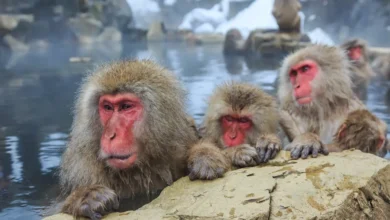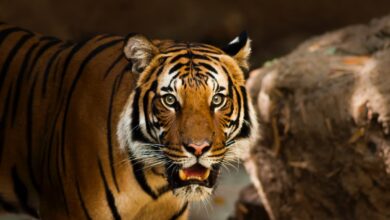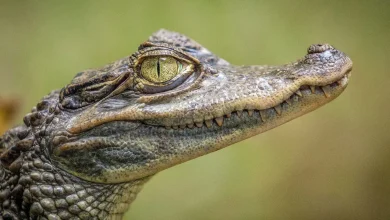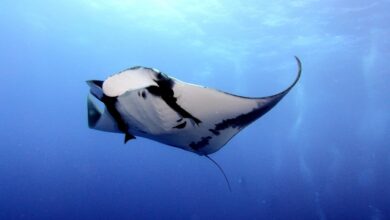Little Penguins
The little Penguin ( Eudyptula Minor) is the smallest species of penguin in the world. Adults can weigh up to 1 kg and reach a height of 40 cm. These hardy birds live fascinating lives despite their small stature. They have an average life span of six years.
The southern coasts of Australia and New Zealand are home to little penguins. They breed in colonies that stretch from Port Stephens, New South Wales, to Fremantle, Western Australia. The largest concentration is in Tasmania and offshore islands. In the past, estimates of Tasmanian breeding populations ranged between 110,00 190 000 pairs. Less than 5 of these nesting birds are found on mainland Tasmania. In order to protect and monitor the current distribution of seabirds in Tasmania, it is essential to expand survey efforts throughout Tasmanian colonies.
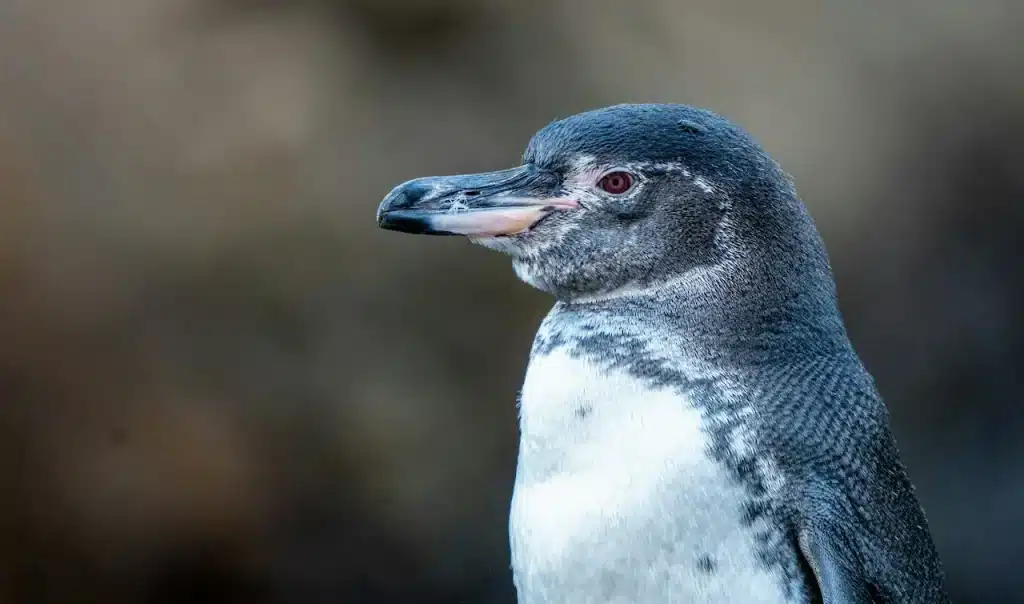
The little penguins are excellent divers. They tend to remain within 10-30 meters of depth when foraging. They eat mainly schooling fish, Squid and Krill. These penguins gather in large groups as the sun sets, and they communicate with each other before returning to the shore. The majority of penguins return to their nesting colony shortly after sunset and arrive in small groups that offer protection from predators. The twilight return of seabirds has become a popular sight in many locations.
What do little penguins look like?
Little Penguins, as their name implies, are the smallest penguins (Spheniscidae). These penguins can vary in size depending on their population or subspecies. However, they are typically about 33 cm (13 inches) tall. They also weigh approximately 1.5 kg (3.3 pounds). This is roughly the same weight as a 2-slice toaster!
The cerulean blue feathers give them an attractive appearance, compared to other penguin species that are black and white. The underside is white to provide camouflage for predators, and the ear covers are slate grey. webbed toes with black soles, and beaks between 3 and 4 centimetres in length.
Females have smaller beaks. Little penguins have strong fins that help them move quickly through the water.
What do little penguins eat?
The little penguin’s diet is primarily composed of small species of fish, squid and krill, tiny shrimp-like crustaceans. They hunt in shallow waters and stay within 15-20 kilometres of shore. They prefer to catch anchovies and garfish near the surface of the water.
They can make rapid dives to the ocean floor when needed to catch squid or krill. They are well-adapted to underwater foraging and can make hundreds of dives per day to feed their active lifestyle.
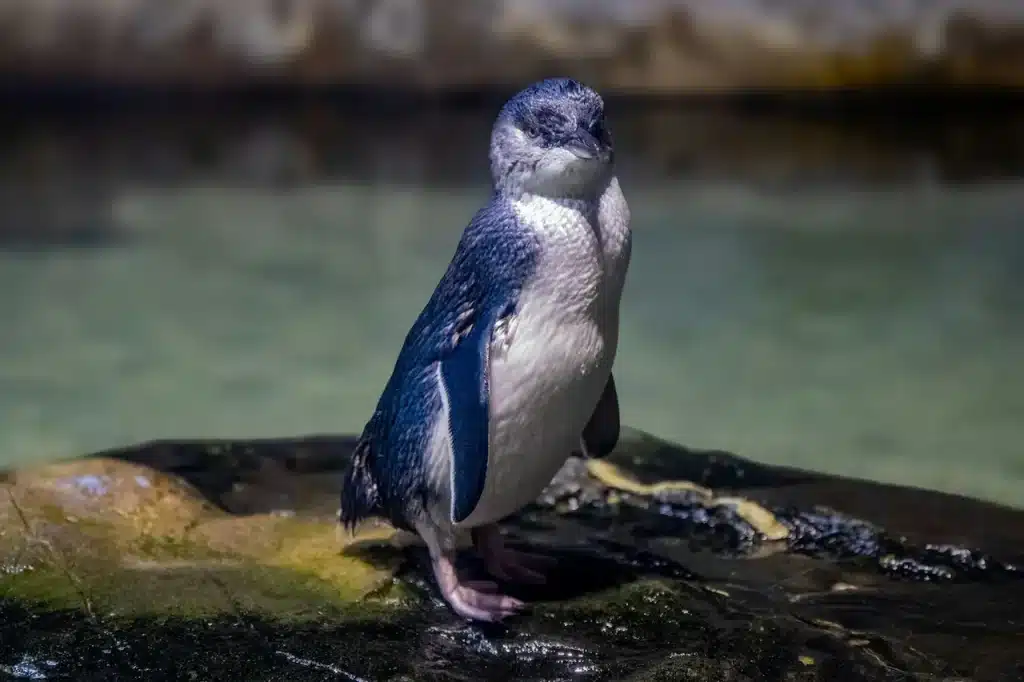
Where can you find the Little Penguins?
Little penguins spend most of their day at sea, diving for fish, shrimp, and krill. They may rest in their burrows or moult, or care for their eggs and chicks when they aren’t foraging. Most commonly, they are seen in protected harbours, inlets, and bays. Your best chance to see them is from a vessel. They are seldom seen on land during daylight hours, preferring to wait until it is dark before coming ashore.
You can see them in their natural habitat when they return to their colonies at night, shortly after Sunset. In New Zealand, there are a number of organised tours that allow visitors to safely watch penguins waddling ashore in places like Oamaru or Taiaroa Head. The tours are managed carefully to prevent disturbing the birds. They often include designated viewing areas at coastal sites that have penguin activity. During the nesting period, from May until Jun, the penguins become especially vocal. You may hear them making their distinct calls at dusk as they form pairs and prepare nesting burrows.
Many little penguins in places such as Wellington Harbour have identification bands fitted to them. This helps researchers learn more about the behaviour, lifespan and movements of these animals. Little penguins are very loyal to the place where they were born. Many young penguins will build nests just a couple of meters away from the place where they were born. Once established, penguins rarely move, making them a perfect species for conservation and long-term monitoring. These insights will help guide efforts to protect penguins’ habitats and reduce threats from urbanisation and marine pollution.
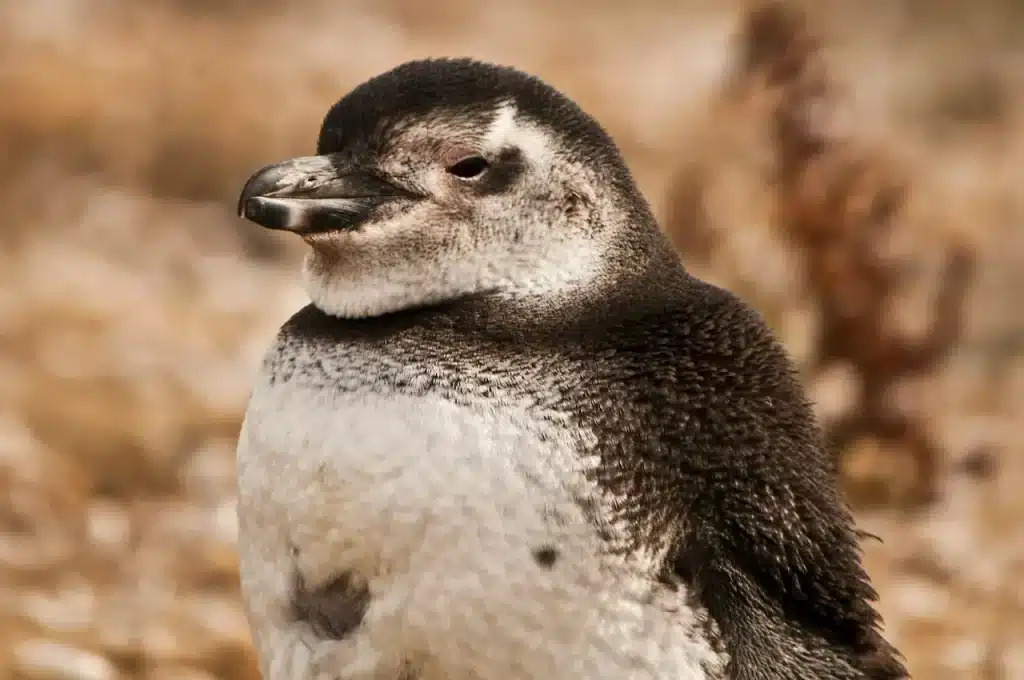
Fun Facts About Little Penguins
-
Built in Desalination: The little penguins don’t salt up when they drink seawater! The gland located above the eyes filters excess salt out of their bloodstream. The salty by-product is then expelled by sneezing or by flicking it from their nostrils.
-
Triple eyelids for underwater vision: These tiny birds have triple eyelids, one on top, another on the bottom and a third, transparent one, called a membrane of nictitation. This transparent lid protects their eyes while improving visibility underwater.
-
Great Hearing Even Without Visible Oars: Although they may not have visible ear flaps on their heads, little penguins possess excellent hearing. They can identify their mate and chicks by sound alone, despite being in a colony with hundreds of penguins. The strong auditory memory allows them to reunite with each other after long days on the sea.
-
Clever Camouflage: Their sleek white and blue feathers act as natural camouflage. The dark blue colour blends in with the ocean depths from above, making it harder for aerial predators. The white underside blends in with the surface of the ocean, making them difficult to spot by aerial predators.
-
Super swimmers: Little penguins can swim fast! They can swim up to 12 km/h using their flipper-like wing.
-
Efficient waddlers: The iconic waddle of these animals is not only cute, but also smart. Their walk is designed to conserve energy, and they can easily climb up hills and over rocks.
-
Expert Diggers: Little penguins, with their sharp claws, can dig holes in soil or soft sand to create nests for their chicks and eggs.
-
Feathered Devices: Penguins have more feathers than any other bird. These feathers can lock together and trap warm air. This keeps their skin dry and helps them float. This is what makes them warm, waterproof and buoyant on land as well as at sea.
-
Diving Champions: The little penguin is capable of diving between 1300-2,000 times per day and usually up to a depth of 10-30 meters. The deepest dive recorded was 72 meters, and the longest dive was 114 seconds.
The tiny seabirds are packed with features that allow them to thrive on land and in the sea.
Little Penguins Today
Phillip Island Nature Parks is a key player in the protection and conservation of Little Penguins. They manage approximately 20% of Phillip Island. This includes the ecologically important Summerland Peninsula, home to the largest colony of little emperor penguins known in the world.
The park can generate essential funding through the carefully managed Eco-tourism Initiatives such as the Penguin Parade. This money supports ongoing Scientific Research, Habitat Restoration, and Conservation Programs. These efforts help to maintain healthy penguins, but they also contribute to environmental education and sustainable tourism.
Phillip Island, with the help of the visitors and local community, has become a successful model for balancing tourism and wildlife conservation. To ensure that future generations will be able to enjoy and learn about these amazing seabirds, it is important to continue monitoring, research and public awareness campaigns.
